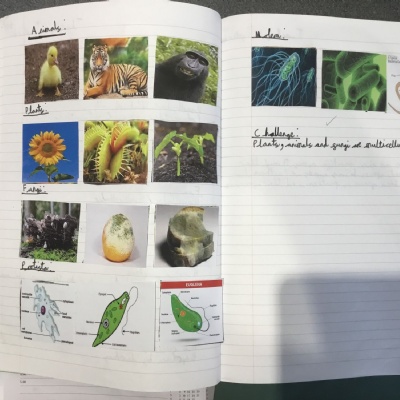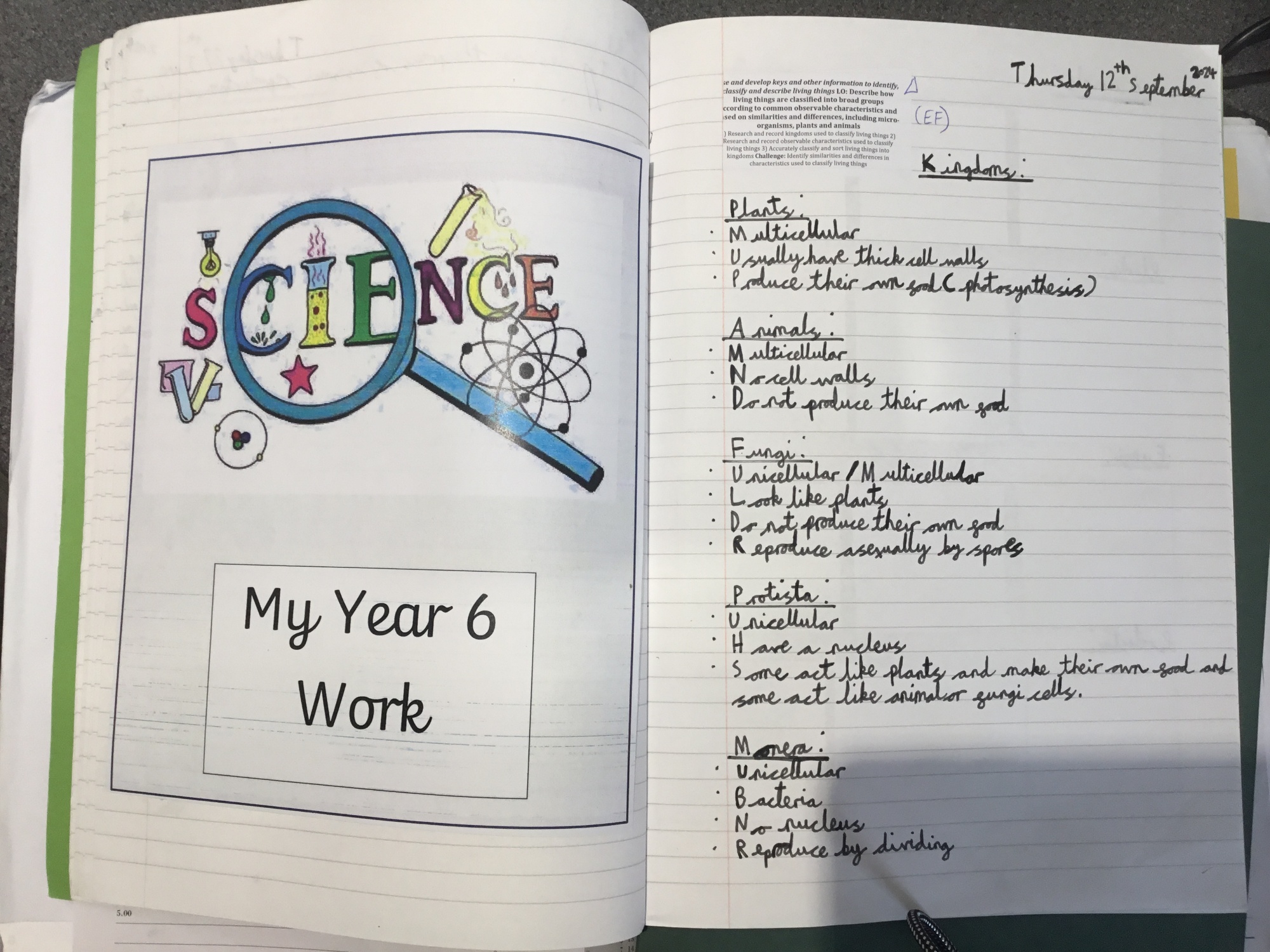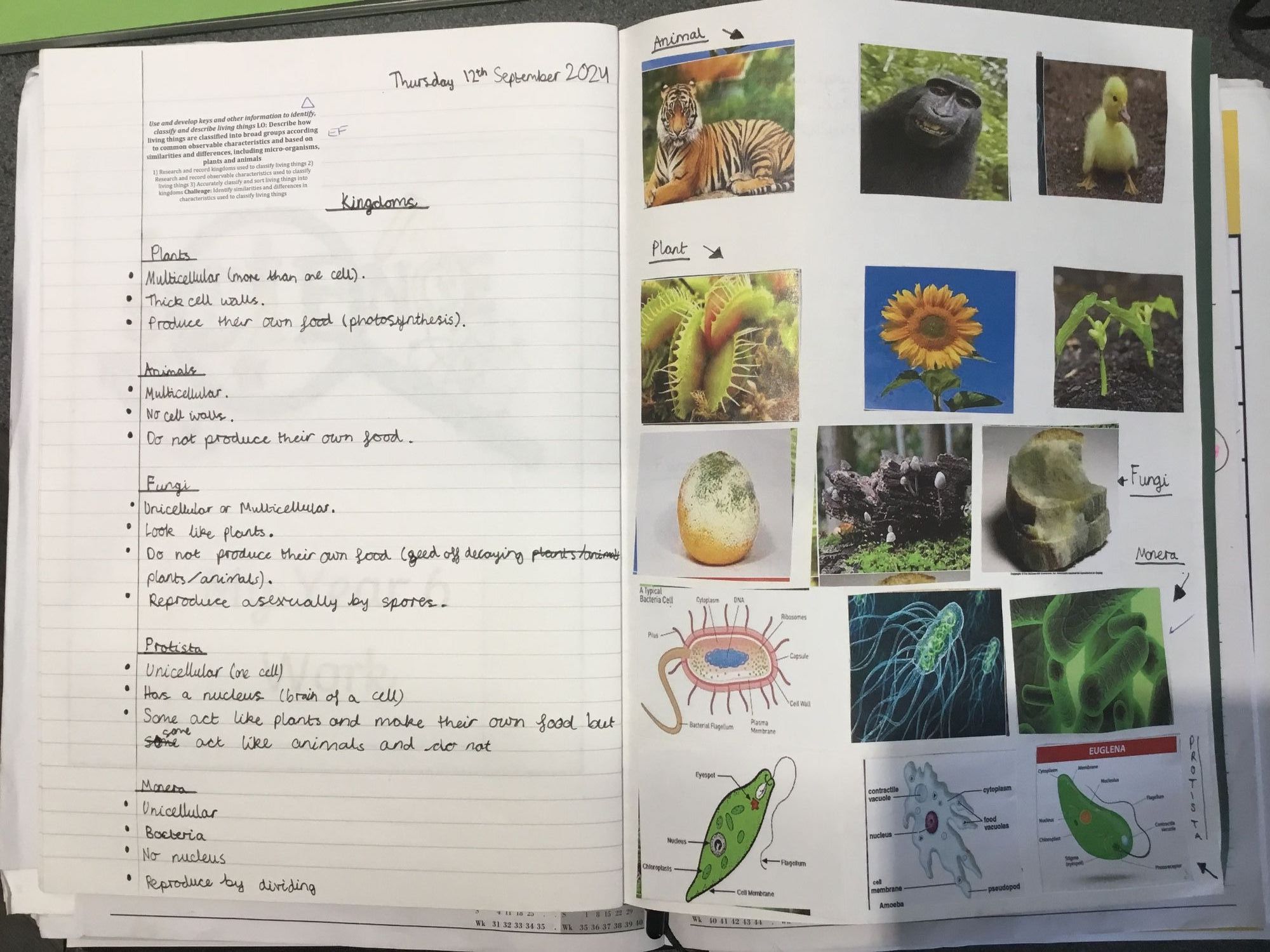CLASSIFICATION OF LIVING THINGS - TAXONOMY

Within science this term, we have begun our unit of work on Taxonomy. Taxonomy is a branch of biology concerned with classifying all living things.
. It was developed by the Swedish botanist Carolus Linnaeus, who lived during the 18th Century, and his system of classification is still used today. Classification crowns are used in the following order to classify all living things right down to individual species: Kingdom, Phylum, Class, Order, Family, Genus and Species.
We have already learnt about observable characteristics that are used to classify different living things into kingdoms (see the attached images). And we have also learnt that the genus and species of a living thing forms its scientific name. For example, a lion’s scientific name is Panthera leo; its genus is Panthera and its species is leo. Animals are eventually subdivided into genus based on observable characteristics and 2 animals that look very similar may be classified into the same genus. For example, a tiger and a lion look very similar (they are both big, muscular cats with four legs and long tails) and both belong to the same genus: Panthera. Another example is a donkey and a horse – these animals both look very similar also and belong to the same genus: Equus. Can you think of other animals that might belong to the same genus?
Animals are then subdivided into species if they can breed and have fertile offspring. It is possible for 2 animals from the same genus to breed but their offspring won’t be fertile. Because lions and tigers belong to the same genus (Panthera), it is possible for them to breed; however their offspring won’t be fertile so they are not classified as the same species. If 2 lions were to breed, their offspring would be fertile, so they are classified as the same species.
Classifying animals all the way down to genus and species helps us to study how animals may have evolved over time. It’s very likely that 2 animals from the same genus may have evolved from a common ancestor a long time ago. We still have lots to learn about Taxonomy and the different classification crowns but it has been a very interesting beginning to our topic.
Additional homework task: what phylum do all animals with a backbone (vertebrates) belong to?


